147 CD / Johannes Brahms: Piano Trios Vol. III
Description
Ulrich Beetz, Birgit Erichson and Gerrit Zitterbart, the three musicians of the Abegg Trio, are a faithful threesome: they have been playing together for thirty years and the constant motto of the ensemble has remained unchanged: authentic reproduction of musical works. This concept of “authenticity” has altered a little in the course of the years. In recent years the three musicians have become more ambitious in their choice of instruments. For example, Gerrit Zitterbart only plays on pianos which are from the time of the composition, here a pianoforte built in 1864 by Johann Baptist Streicher in Vienna. Ulrich Beetz and Birgit Erichson use gut strings for their instruments; and Stephan Katte blows Brahms’ Horn Trio on a natural horn – just as Brahms expressly requested.
8 reviews for 147 CD / Johannes Brahms: Piano Trios Vol. III
You must be logged in to post a review.
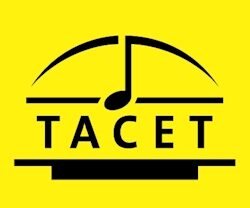
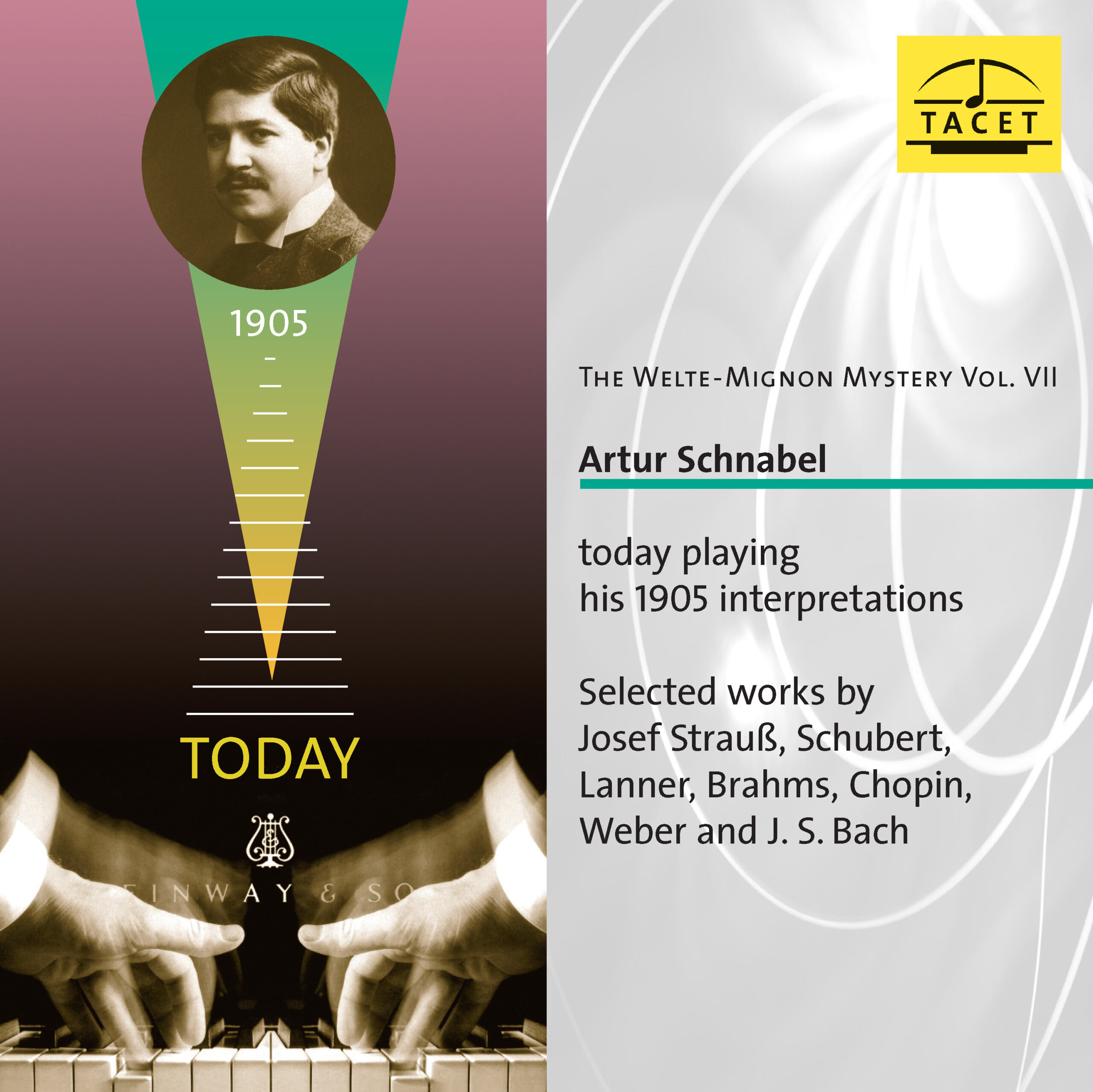
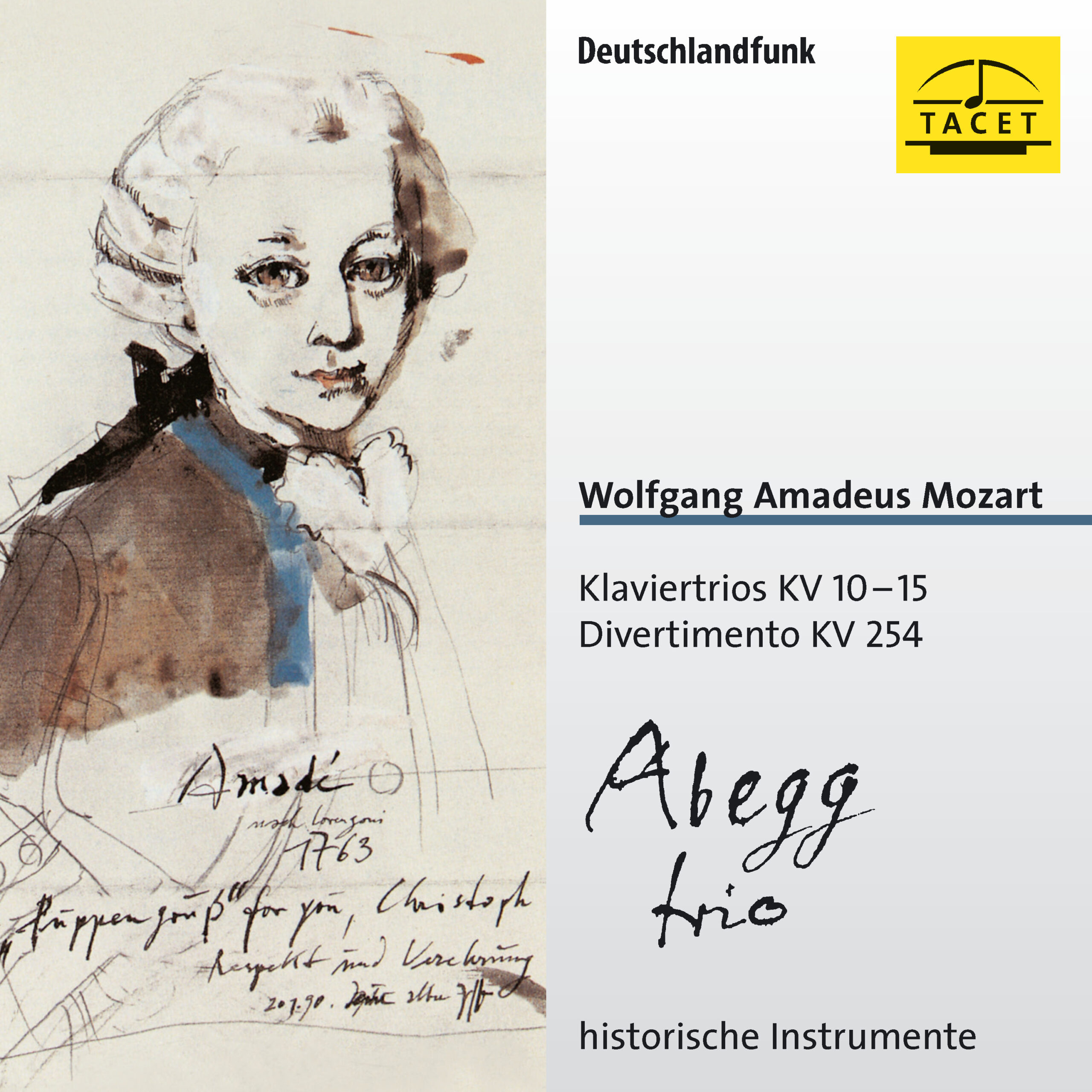


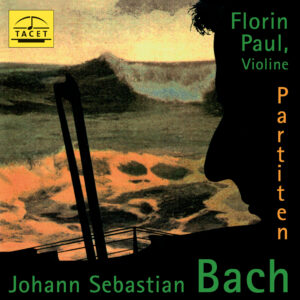
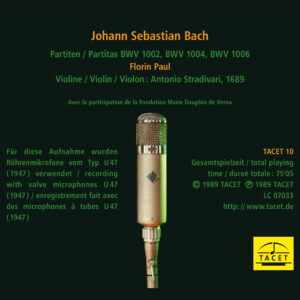
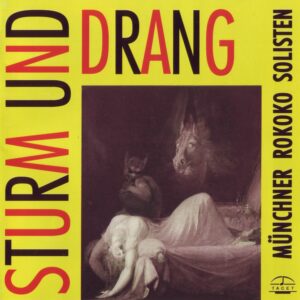
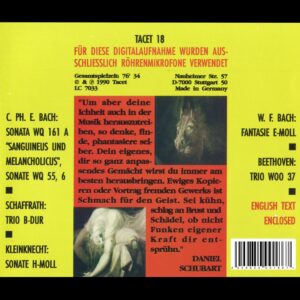
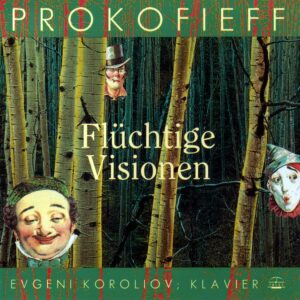
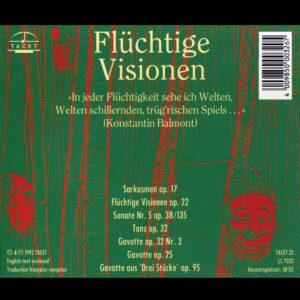
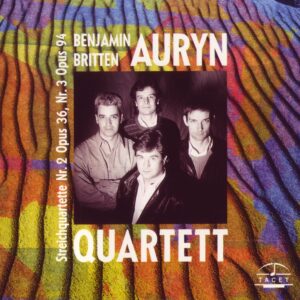
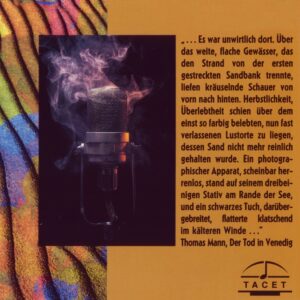
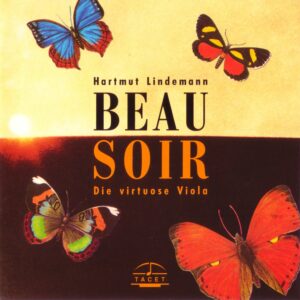
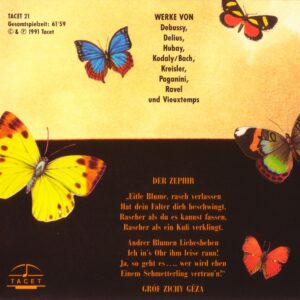
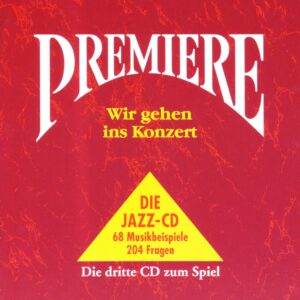
The Natural Horn in France –
A young German horn player who you may have heard about already who gives us a new recording of the trio opus 40 by Brahms trio which is not heard too often on natural horn. This recording is therefore very welcome, especially because it′s very good.
The other instruments are also period instruments, among the others the nice piano by Streicher of 1864. The other piece recorde on the CD is the sextet opus 36 for strings arranged for piano trio by Theodor Kirchner.
Als zweites Werk enthält die CD eine Rarität: das Streichsextett op. 36, das Theodor Kirchner für Klaviertrio bearbeitet hat – eine klug gewählte Ergänzung, die das Programm abrundet.
This is a recording I really recommand, hoping that you′ll be able to find it.
___________________________________
Original Review in French language:
Un jeune allemand qui fait déjà parler de lui dans le milieu de la musique ancienne et qui propose un nouvel enregistrement du trio de Brahms encore trop peu enregistré et donc bienvenu, surtout comme ceci. Les autres instruments sont également des instruments que Brahms aurait pu connaître, notamment un beau piano de Streicher de 1864. L′autre pièce proposée sur le CD est le sextuor opus 36 de Brahms arrangé pour trio à clavier par Theodor Kirchner. Voici un enregistrement que je ne saurais trop vous conseiller, en espérant que cete firme soit bien distribuée.
Fono Forum –
A Three-Way Long-Term Partnership
The Abegg Trio is celebrating its thirtieth anniversary and can count itself among the longest-serving piano trios. That it has nevertheless remained youthful is demonstrated by a new recording of works by Johannes Brahms. After fifteen years, the Abegg Trio has once again recorded Brahms’s music.
It was 1976 at the Hanover University of Music. The concert exam was just around the corner when cellist Birgit Erichson, pianist Gerrit Zitterbart, and violinist Ulrich Beetz chose a difficult path: they decided to pursue a career as a trio. Many ensembles have seen such a decision lead straight to nowhere—but not the Abegg Trio. For thirty years, they have remained together with the same lineup, weathered highs and lows, and written their own chapter in music history.
Coincidence or not, the ensemble’s rise coincided with the development of a new medium that would both accelerate and cement their ascent: the CD. After winning prizes at various competitions in the late 1970s and early 1980s—including in Colmar, Geneva, Bordeaux, and at the German Music Competition in Bonn—the trio began recording for Harmonia Mundi in 1982, initially in the form of LPs. However, when Intercord offered them in 1984 the opportunity to record Schumann’s piano trios, the Abegg Trio not only changed labels but also switched mediums, as Intercord had internally decided to release all new recordings on CD. In hindsight, this proved a stroke of luck for the three musicians. By 1985, a complete recording of Mozart’s trios was available, followed three years later by a Beethoven cycle. Recordings of works by Haydn, Brahms, Mendelssohn, Ravel, Debussy, and Dvořák soon followed. At the same time, the Abegg Trio ventured into less-traveled paths. They found the courage to explore the terrain of Hermann Goetz or Friedrich Kiel. They performed works by Franz Berwald and Louise Farrenc. They also championed women overshadowed by famous men, such as Clara Schumann and Fanny Mendelssohn.
Yet even the Abegg Trio was not spared the profit-driven thinking of record companies. By the mid-1990s, their recordings gradually disappeared from store shelves. Intercord had been taken over by EMI, where standard market clichés like “restructuring” were used as justification. A true commitment to close collaboration, of course, sounded very different. What followed, however, turned out to be another stroke of luck. The former sound engineer at Intercord, Andreas Spreer, had recognized the signs of the times early on and founded his own label, Tacet. There, the ensemble found a new home. The trio grew into a quartet with its producer. “He knows how to assess us, knows where to push, and how to get just a bit more out of us,” Gerrit Zitterbart confessed to FONO FORUM in 1999.
The Abegg Trio has remained true to itself throughout its three decades, regardless of prevailing trends. The ensemble has played with historical awareness but never mannered, and it has embraced the latest scholarly insights. In Schubert’s E-flat major Trio, for example, they recorded the finale in both the long version that Schubert later cut and in the final revised version. The same applies to the two variants of Brahms’s B-flat major Trio. Fragments by Mozart have been approached with the same seriousness as the restoration of Leos Janáček’s 1908 piano trio. The concept of the autograph was not foreign to the Abegg musicians—it was part of their working secret. To understand the other side of their success, one need only glance at the daily and specialized press over the years. On one hand, reviewers highlight their “sense for tonal differentiation” and their ability to treat “the inner voices without distinction” (NZZ); on the other, their gift for giving interpretations “weight, aggressiveness, precision, and the utmost inner truth” (SZ). In their playing, the Abegg Trio combines “brilliance, graceful elegance, and passionate drama” (FAZ), achieving a congruence of opposites between “breathing calm and pent-up excitement” (NMZ). A look at the ensemble’s website shows full-length concert and CD reviews, not just snippets—a reliable indication that their recognition rests on a broad and solid foundation. It has been fifteen years since the Abegg Trio last recorded the music of Johannes Brahms. Now, as a kind of belated supplement, a new recording has been released featuring the Horn Trio, Op. 40, and the G-major Sextet, Op. 36, in the trio arrangement by Theodor Kirchner. All the musicians perform on historical instruments: Stephan Katte on a valveless natural horn, a replica of an instrument from around 1800; Beetz on a 1821 Lupot violin; and Erichson on a Castagnieri cello from around 1847, both with gut strings. Zitterbart plays a Johann Baptist Streicher fortepiano from 1864—an authentic choice, as Brahms himself had received a Streicher piano for his Vienna apartment in 1868. The first three movements of the Horn Trio sound comparatively cautious, restrained, and refined. The Scherzo, in particular, lacks some of the energetic, uncompromising drive that distinguished their earlier Brahms recordings. At the same time, the ensemble’s vital and perfect interplay dominates. The finale becomes a spectacular climax. The Sextet also sounds deeply Romantic: mysterious, lyrical, occasionally wild, yet never sentimental or didactic. A fitting gift for their 30th anniversary.
Christoph Vratz
Stuttgarter Zeitung –
What does the forest sound like?
Brahms somewhat disdainfully referred to the valved horn as a “brass viola.” Although its invention in the 19th century made the cumbersome technique of hand-stopping unnecessary—allowing horn players to play cleanly in all keys—unfortunately, this innovation also sacrificed the distinctive (overtone) character of the natural horn. For this reason, Brahms insisted on a natural horn for the performance of his Horn Trio, Op. 40; indeed, he wanted the title page to read not simply “Horn,” but explicitly “Waldhorn”.
Reason enough for the Abegg Trio, reduced here to piano and violin, to enlist the excellent natural horn player Stephan Katte for this new recording. His remarkably cleanly played natural horn sounds like the forest: deep, dark, and full of soul. To get even closer to the sound Brahms envisioned, pianist Gerrit Zitterbart also uses an original Johann Baptist Streicher fortepiano, the very type Brahms himself owned—an element that contributes decisively to the rich tonal palette of this outstanding recording.
The CD also features another gem: the trio arrangement of Brahms’s String Sextet, Op. 36, by his friend Theodor Kirchner—an arrangement that Brahms himself admired. He wrote that the trio gave him “extraordinary pleasure.” This recording would doubtless have pleased him as well.
fab
Pizzicato –
Stimulating Sound Spectrum
This Brahms recording is stimulating already through its unusual sound and timbral spectrum. Stephan Katte plays superbly on a valveless natural horn, the string instruments have gut strings, and the piano is a fortepiano built shortly before the development of the modern concert grand. The Abegg Trio plays with beautiful tone, proven expertise, and excellent partnership, yet also with such careful restraint that, especially in the arrangement of the second string sextet, some of Brahms’s expressive versatility is lost.
GW
Klassik heute –
The sketched portrait of Johannes Brahms on the CD cover gazes darkly at the viewer, and the once again sober presentation of this Tacet production initially suggests serious fare. In the third installment of Brahms’s piano trios with the Abegg Trio, Op. 40 (for natural horn) and the trio arrangement of the Sextet, Op. 36, are on the program. It is well known that, for Brahms, chamber music is no leisurely evening entertainment but rather embodies the highest aesthetic standards of orchestral music. The intimate soundscape does not include complex orchestration or virtuosic effects, but it does offer profound melody and meaningful thematic development achieved with remarkably economical means. Since the first Brahms biography, these trios have raised the question of their underlying programmatic intent, as Brahms himself was believed to offer more than just “sounding, moving forms.” In the insightful introductory essay, the author alludes to an unhappy love. Be that as it may, the Abegg Trio approaches the music neither distantly nor romantically, but with sober precision. There are no languid glissandi or portamenti—only carefully calculated outbursts and accents, and a musicality that seems to draw primarily on the drive to play everything correctly from the outset. That this does not diminish Brahms’s deeply felt, profoundly moving music is due to the works’ inherent expressive clarity, fully revealed even without exaggeration. Every turn is taken seriously, no leading tone is swallowed, and the characteristic rhythmic shifts of Brahms remain intact. The intimate effect of the performance owes much to the “historical” approach. The valved horn was replaced by the “dirtier” (as Harnoncourt calls it in the booklet) natural horn; the string instruments are from the first half of the 19th century; and the fortepiano contributes the typically delicate, almost resonance-free accompaniment. Ultimately, everything in this production is aligned with Brahms’s indisputable mastery, both artistically and editorially. The author of the excellent and richly detailed introduction—Jan Reichow—uses the nine pages available to him to compellingly present the young composer, shaped by romantic disappointment, and the trios influenced by that experience. For anyone who has yet to find a path into Brahms’s pioneering chamber music, this recording offers a perfect entry point—perhaps even more illuminating than setting aside his symphonies or the German Requiem. The surprise could hardly be greater.
Tobias Gebauer
Hannoversche Allgemeine Zeitung –
With the third installment of its Brahms recordings, the Abegg Trio presents two special works. It now offers the Horn Trio, Op. 40, and the trio version of the G-major String Sextet, Op. 36, arranged by Brahms’s friend Theodor Kirchner. Both works were composed around the same time in Lichtental near Baden-Baden and reflect biographical events. The slow movement of the Horn Trio, in dark E-flat minor, is marked by Brahms with the rare and explicit addition “mesto” (sad), expressing the composer’s grief over his mother’s death. In the String Sextet, Brahms channels his unfulfilled love for Agathe von Siebold, the daughter of a Göttingen professor. He does so subtly, forming a melodic motif in the first movement from the notes a-g-a(t)-h-e. The Abegg Trio captures the romantic atmosphere superbly. For this purpose, they chose historical instruments and embark on a journey into nature. Brahms had specifically envisioned a natural horn for his Horn Trio, and guest musician Stephan Katte plays the part on a valveless horn, avoiding the overpowering sonority of the modern valved horn and blending seamlessly with the delicate violin line. Furthermore, Gerrit Zitterbart performs his piano part on a Streicher fortepiano from Brahms’s time, resulting in an extraordinary tonal balance in the Horn Trio. This balance is maintained in the trio version of the Sextet, creating a world that is both graceful and luminously radiant.
Ludolf Baucke
platte11.de –
(...) While Mercury addressed the balance problem by arranging the musicians in a way that would never be feasible in a concert, the Abegg Trio (Tacet 147CD) solves it through historically informed performance practice—or, put another way: if you do it the way Brahms himself envisioned, the problems never arise. The young horn player Stephan Katte plays a natural horn built in 2001 by Andreas Jungwirth, modeled after a Graslitz instrument from 1800. Ulrich Beetz’s violin by Nicolas Lupot (Paris 1821) is strung with gut, and Gerrit Zitterbart performs on a Johann Baptist Streicher & Son fortepiano from 1864. Whereas a modern valved horn, like the one played by John Barrows, sounds like a concert hall, Stephan Katte’s horn sounds like the forest! Quieter, more delicate, and more flavorful, it blends beautifully with the violin and piano, lamenting and rejoicing together. Would Brahms have liked it? — Most certainly!
Crescendo –
On historical instruments, the Abegg Trio has recorded the Trio for Piano, Violin, and Natural Horn, as well as the trio arrangement of the Piano, Violin, and Cello Sextet by Theodor Kirchner. Their playing is marked by clarity of sound and an empathetic, consistently precise interpretation. Horn player Stephan Katte blends seamlessly into the much-praised homogeneity of the Abegg Trio.
SV